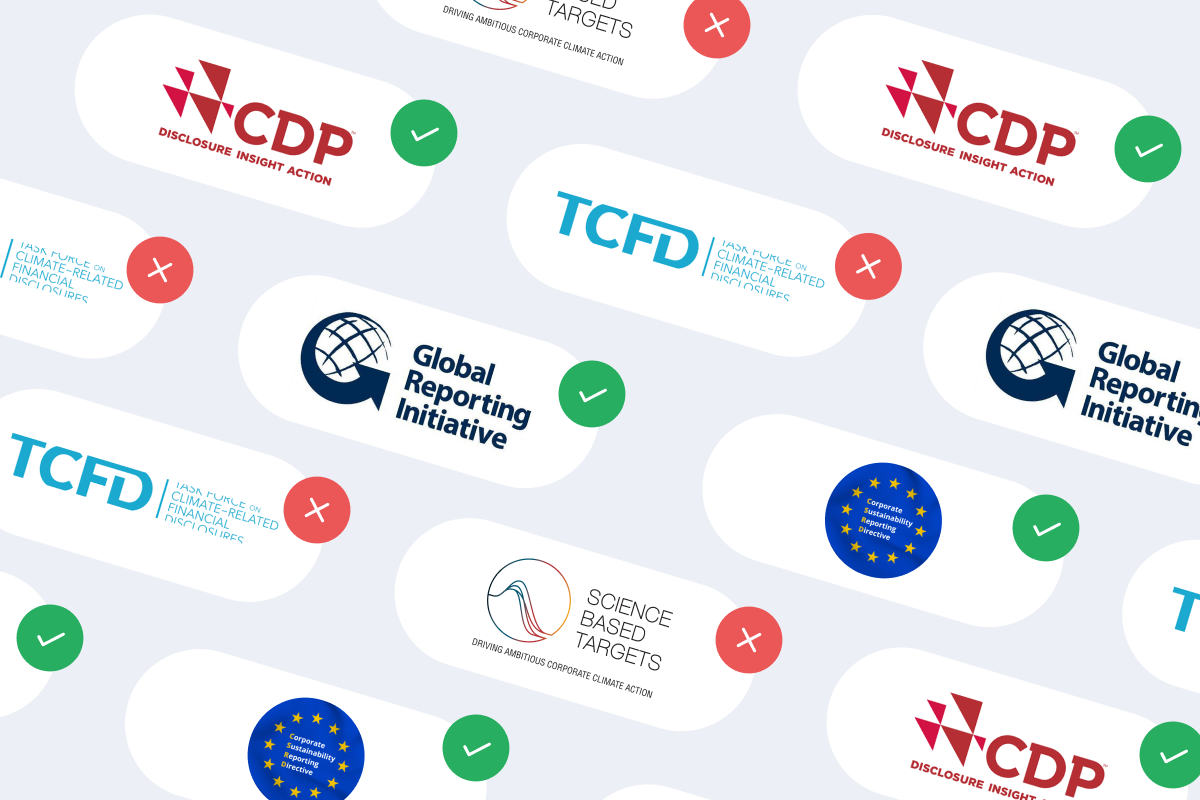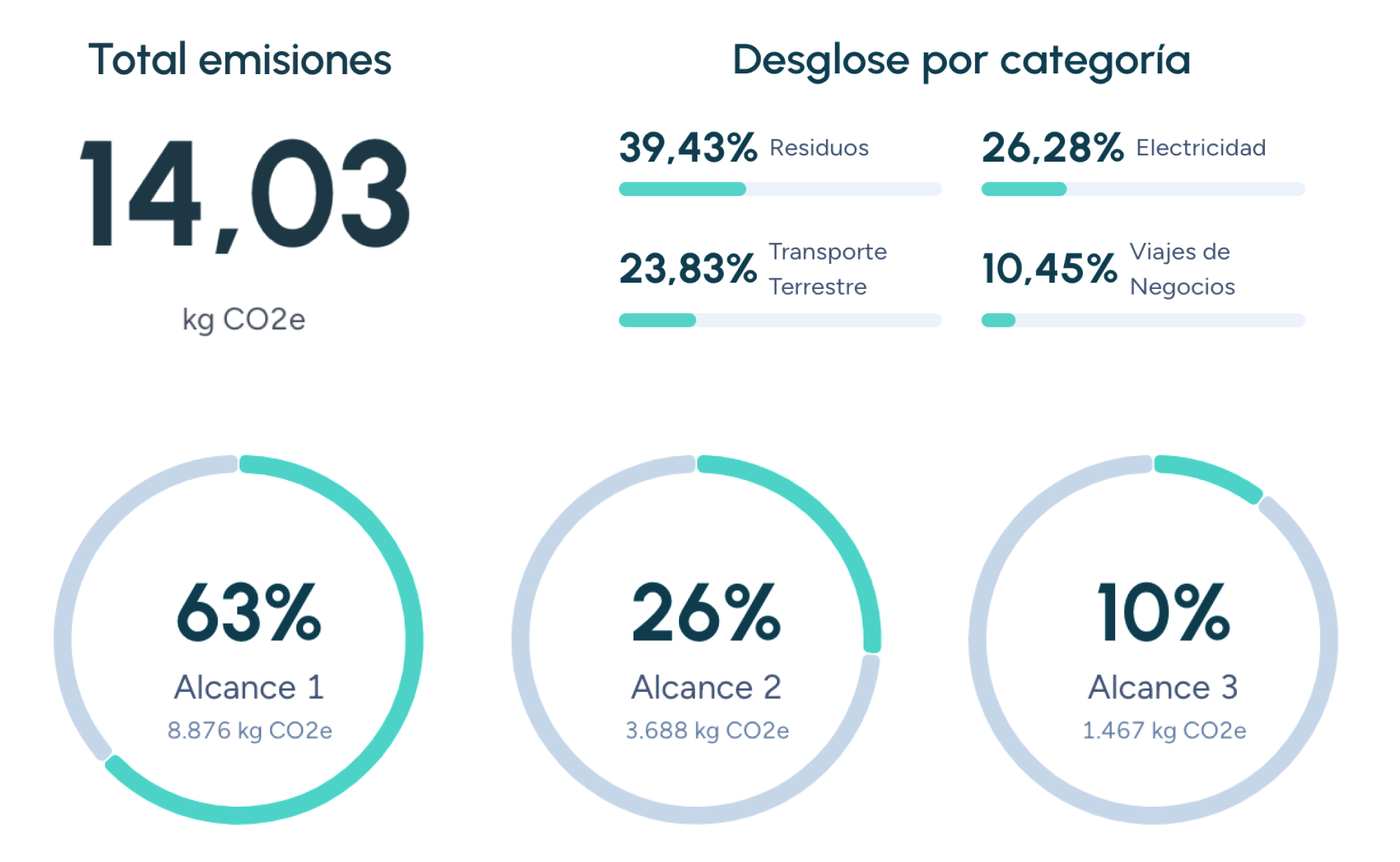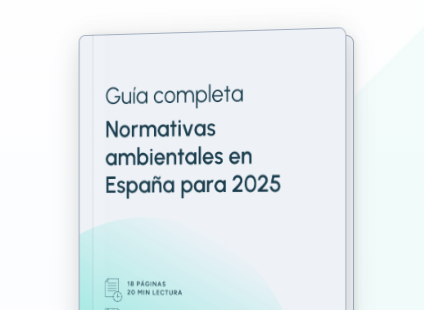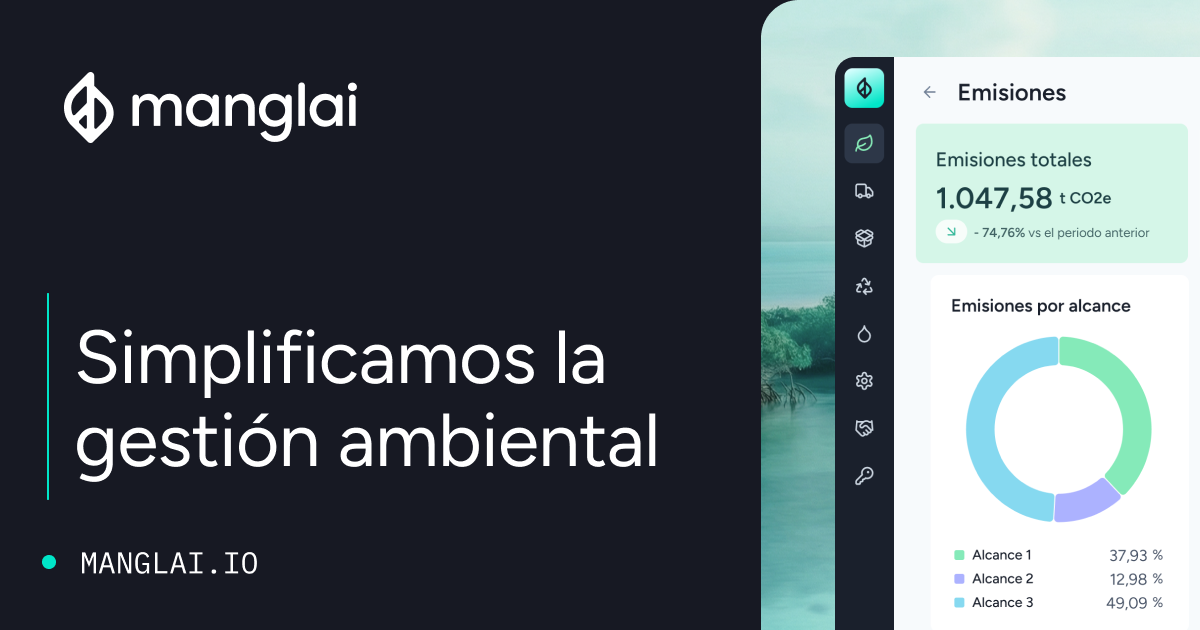B
Blue Water Scarcity
Blue water scarcity is an indicator that compares the consumption of surface and groundwater resources (blue water footprint) with the availability of renewable freshwater within a river basin over a specific period. It helps determine whether current water withdrawals are sustainable or if they compromise environmental flow requirements.
Typical Formula
Blue Water Scarcity = Blue Water Footprint / (Blue Water Availability − Environmental Flow)
A value greater than 1 indicates that demand exceeds the sustainable supply.
Importance of the Indicator
- Basin planning: identifies critical areas and prioritizes investment in water management.
- Water footprint assessment: complements traditional accounting by adding a sustainability dimension.
- Corporate risk management: helps companies assess the vulnerability of suppliers and operations to water shortages.
Data Requirements
- Annual blue water footprint by sector (agriculture, industry, domestic use).
- Minimum environmental flows needed to sustain ecosystems.
- Renewable water availability: average flow minus downstream return flows.
Calculation Tools
- Water Footprint Assessment (WFN).
- Aqueduct Water Risk Atlas (WRI).
- AWARE+ (Available WAter REmaining): indicator for spatially explicit water scarcity.
Reduction Strategies
- Agricultural efficiency: improve irrigation and shift away from high-consumption crops.
- Aquifer recharge: implement managed groundwater replenishment techniques.
- Water reuse and advanced treatment: promote circular use of water in industrial and urban systems.
Relationship with Other Indicators
- Water stress: measures total withdrawals relative to availability but may not account for environmental flows or actual consumption.
- Green-to-Blue Ratio (G/B): encourages substituting blue water (irrigation) with green water (rainfall).
Blue water scarcity provides a quantitative framework to evaluate the sustainability of freshwater use within a basin and to guide responsible allocation policies that balance human needs and ecological integrity.
Companies that trust us

Blue carbon
Blue carbon refers to the carbon stored in coastal and marine ecosystems, such as mangroves, seagrass meadows, and salt marshes.
Carbon Balance
Discover what a carbon balance is, how it is calculated, which standards regulate it, and how companies, territories and projects use it to reach climate neutrality.
Carbon Leakage
Carbon leakage is a phenomenon in which greenhouse gas (GHG) emissions shift from a region with stricter environmental regulations to another with more lenient standards.
Guiding businesses towards net-zero emissions through AI-driven solutions.
© 2025 Manglai. All rights reserved
Política de Privacidad


